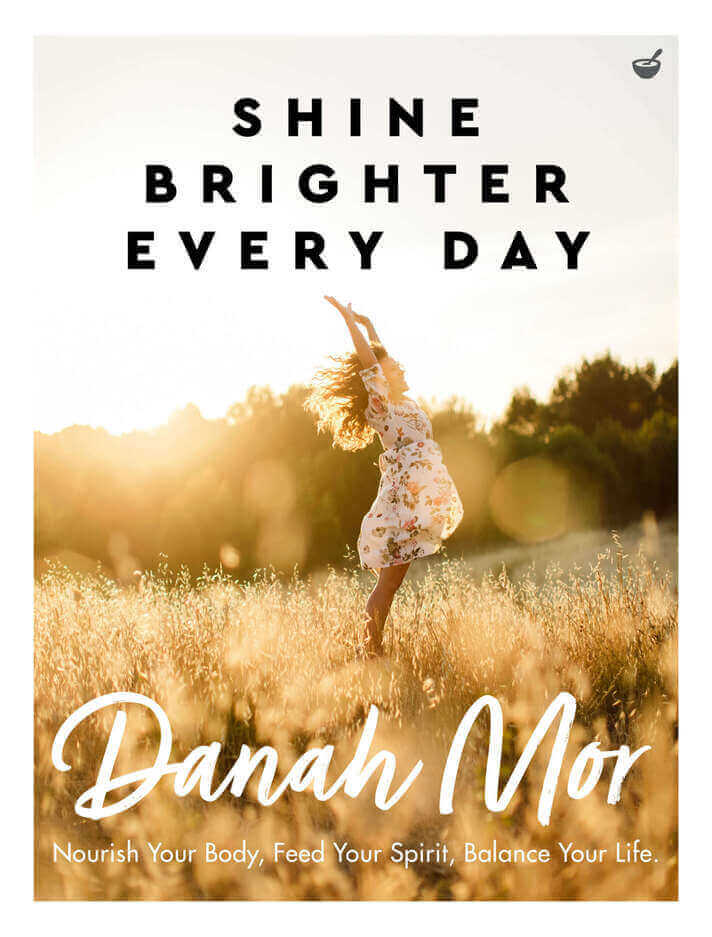
No Food Is Forbidden
Shine Brighter Every Day by Danah Mor is available now! Read on for an exclusive


Shine Brighter Every Day by Danah Mor is available now! Read on for an exclusive

5 practical and accessible health tips from author of the Right Bite Jackie Lynch

Written by Becky Alexander and Michelle Lake. Most of us eat the same things each

Renee McGregor is one of the UK’s top sports nutritionists, advising athletes from amateur to
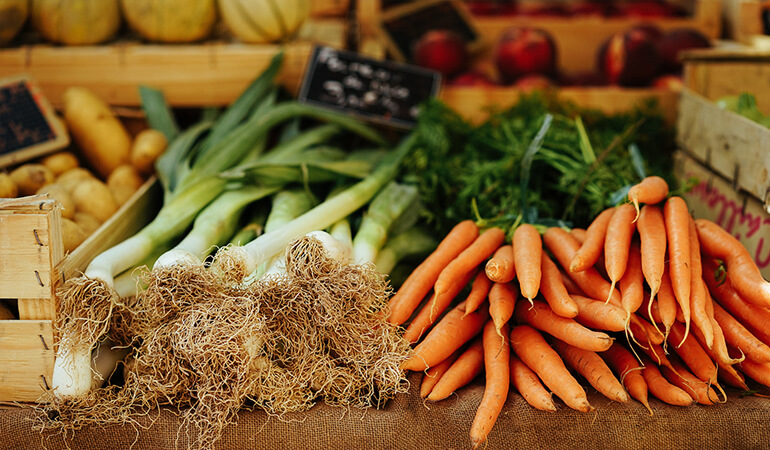
As the days get colder, sandwiches and summer salads don’t always satisfy us at lunchtime.


Water kefir from The Supercharged Green Juice & Smoothie Diet by Christine Bailey is simple to
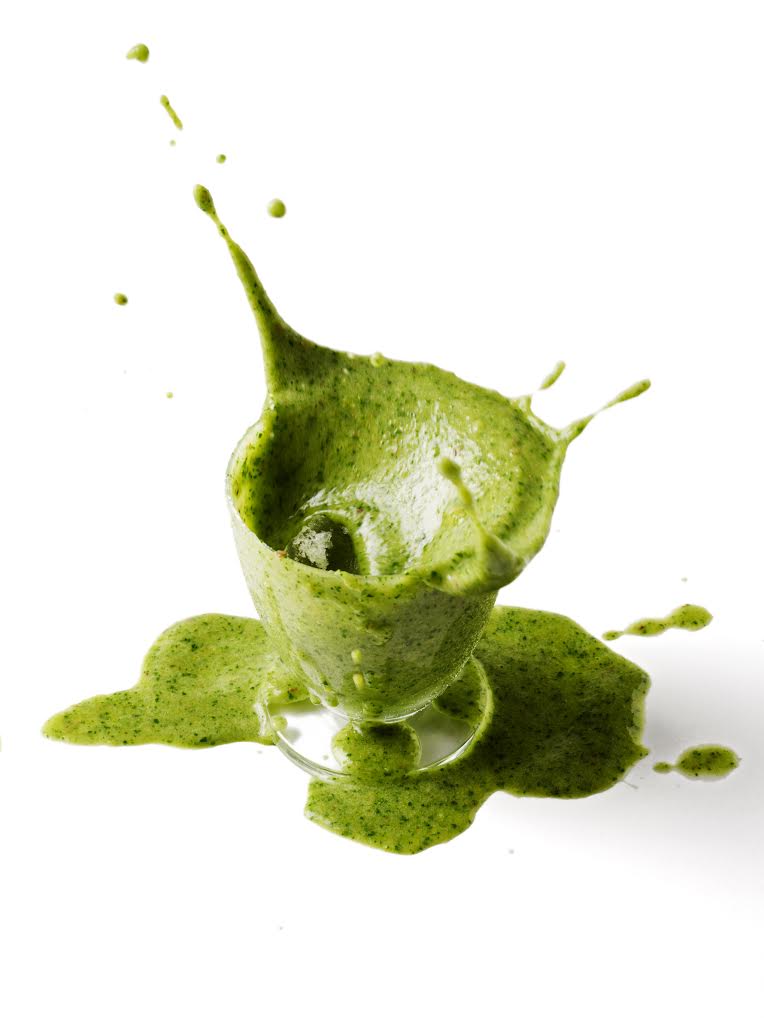
Rich with coriander and watercress, and with fruity highlights, this intensely green smoothie from the
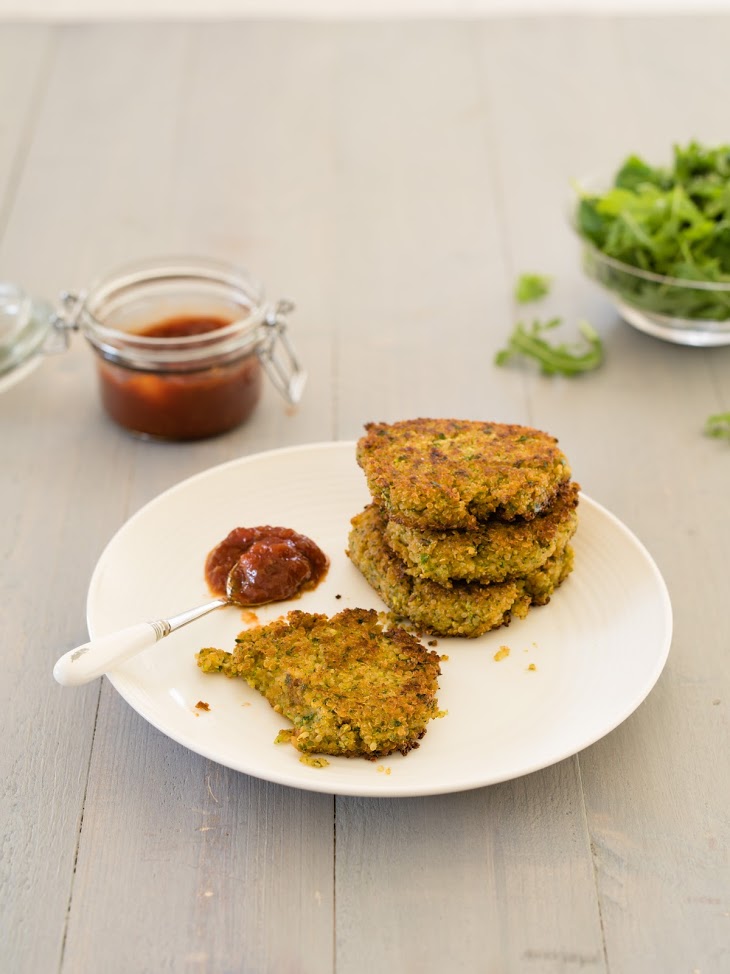
These little cakes from the book Healthy Speedy Suppers by Katriona MacGregor are free of gluten
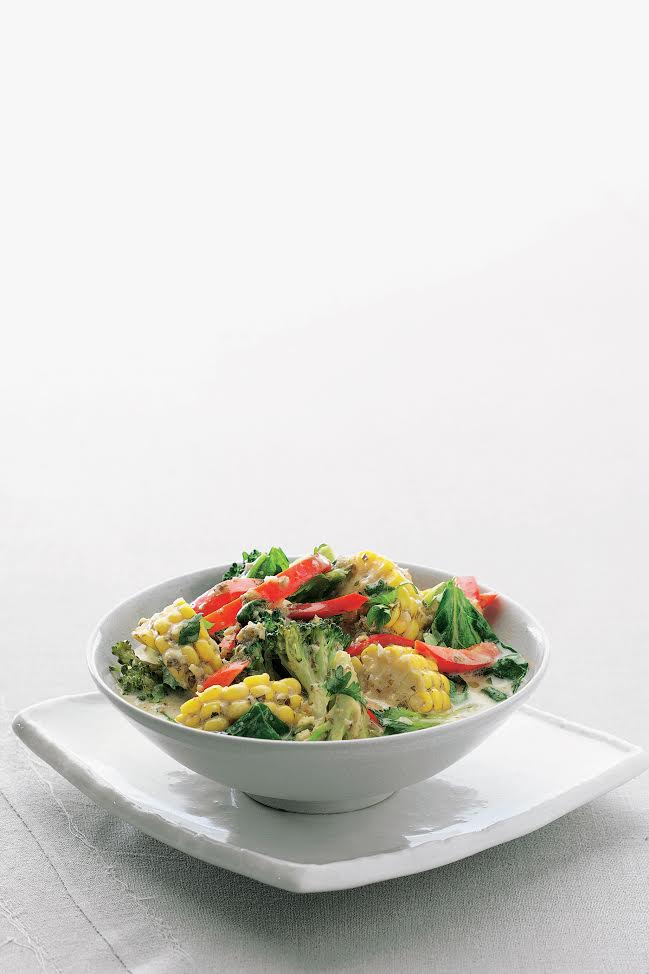
This recipe of Thai green vegetable curry comes from the book Top 100 Low-Carb Recipes
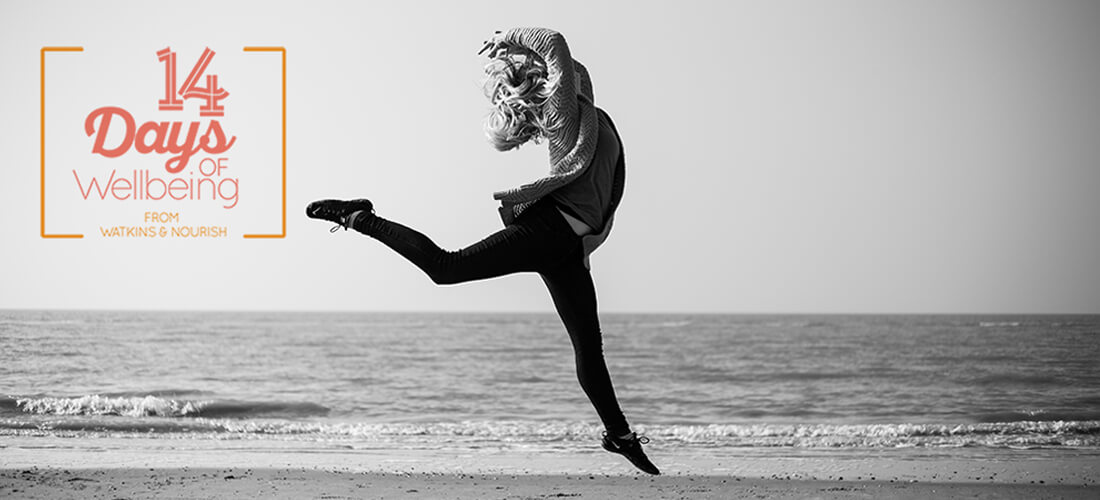
We are starting the second week of #14days of Wellbeing, our wellbeing marathon to kick
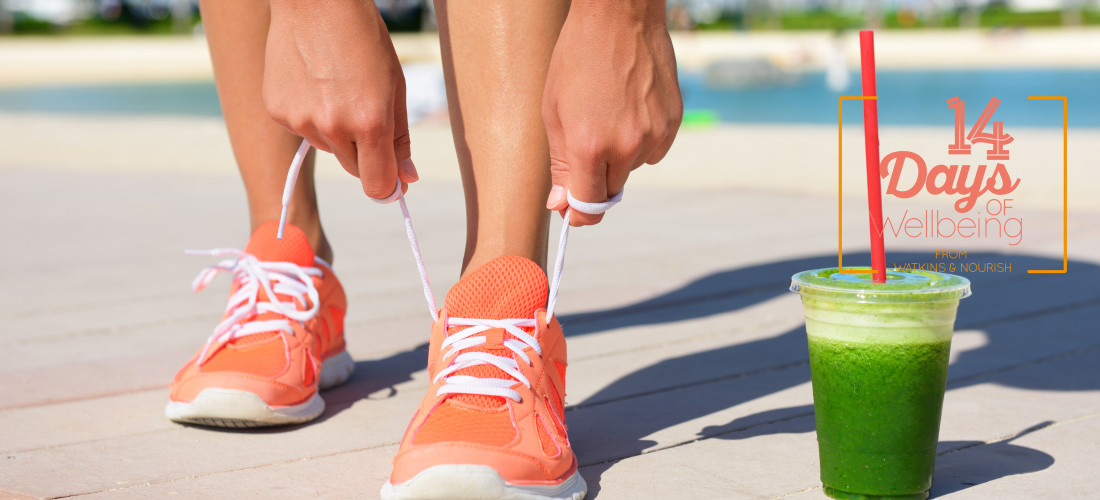
We hope you have enjoyed the past 14 days! We loved sharing our wellbeing tips

Watkins Media Limited
Shepperton House unit 11
89 Shepperton Road
London, England
N1 3DF

Watkins Media Limited
Shepperton House unit 11
89 Shepperton Road
London, England
N1 3DF